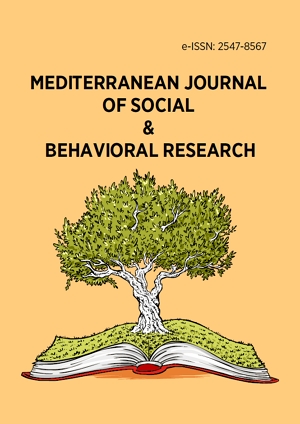Abstract
The communication between the teacher and student is important in the educational process because it strengthens the interaction between them and helps students to better adapt to the educational environment. During the communication process, teachers’ communication skills can be as effective as children’s communication skills. This study aims to develop the teacher form of a scale that will be used to assess pre-school children’s communication skills. Teachers assessing a total of 503 children took part in the study. In the process of developing the scale, principal components analysis was used in factor analysis. The common factor loads of the items of the scale and the loads they take from the factors they were in were calculated separately for each age group. It was found that the scales have sub-dimensions for all age groups, each item highly contributed to the common variance of the scales and the loads of factors in which each item was included were also high. The results of the Internal Consistency, Discrimination and Item Analysis for all modules showed that Cronbach’s alpha internal consistency coefficients for all modules were high, the items included in the modules were highly related to the total scores of the module and the items in all the modules were distinctive for high and low groups.
Keywords
License
This is an open access article distributed under the Creative Commons Attribution License which permits unrestricted use, distribution, and reproduction in any medium, provided the original work is properly cited.
Article Type: Research Article
MEDITERR J SOC BEH RES, Volume 3, Issue 3, October 2019, 37-42
https://doi.org/10.30935/mjosbr/9592
Publication date: 01 Dec 2019
Article Views: 1782
Article Downloads: 1841
Open Access References How to cite this article
 Full Text (PDF)
Full Text (PDF)